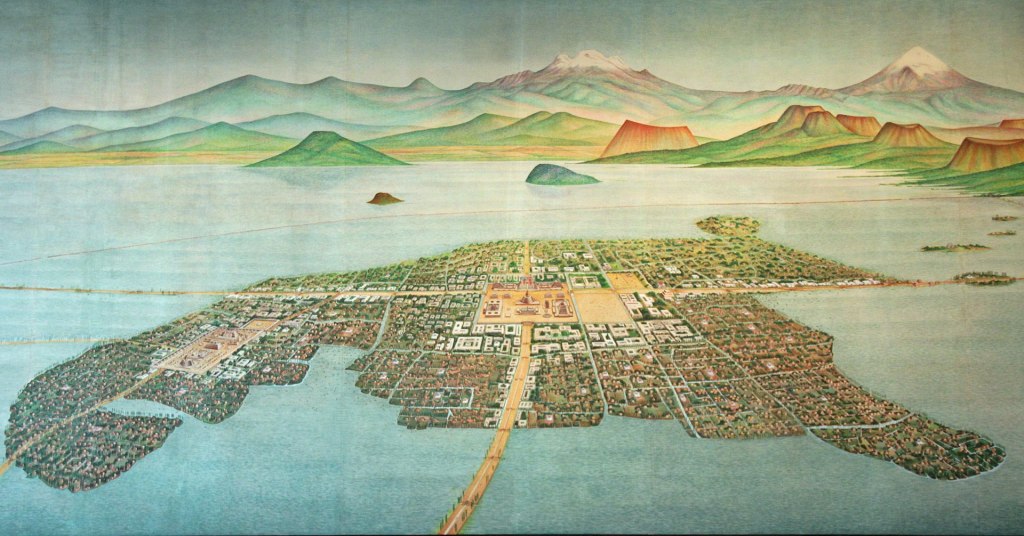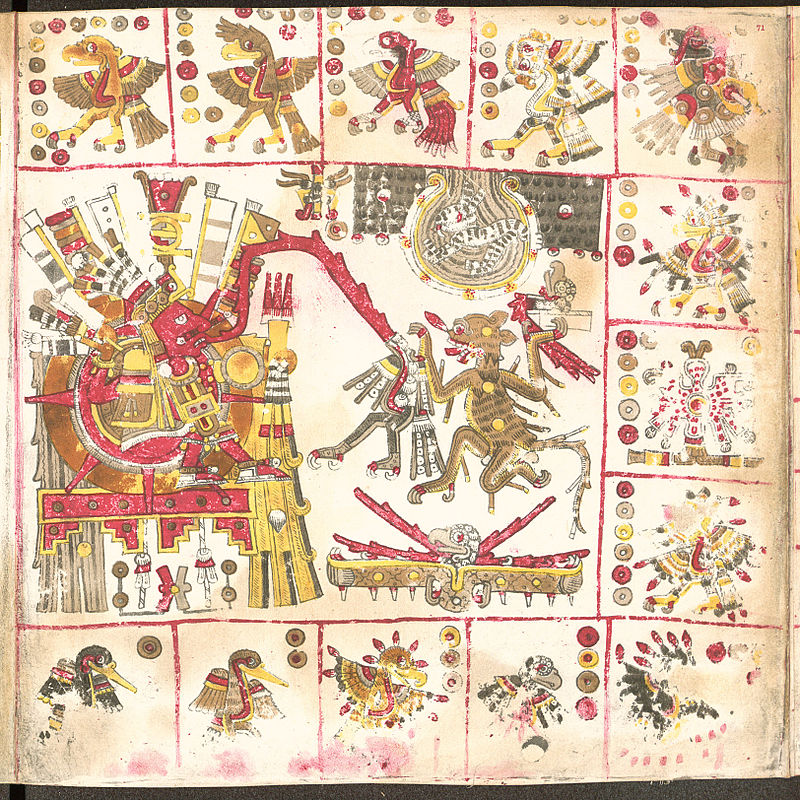The History of the Aztecs
Welcome to a digital expedition into the heart of ancient Mesoamerica, where the echoes of mighty civilizations resonate through the pages of history. Our website is your portal to the fascinating world of the Aztecs, a people whose extraordinary civilization flourished amidst the grandeur of pyramids, the intricate beauty of codices, and the vibrant energy of bustling markets.

Guided by historians, archaeologists, and researchers, our virtual journey explores the rise of the Aztec Empire—from the legendary migration to the shores of Lake Texcoco to the imperial glory of Tenochtitlan. Immerse yourself in a curated collection of scholarly insights, historical analyses, and cultural narratives that unveil the grandeur, complexity, and enduring impact of the Aztec civilization.
Discover groundbreaking research that delves into the sacred rituals of the Templo Mayor, the intricacies of the Aztec calendar, and the military prowess that marked their imperial expansion. Whether you’re a history enthusiast, a student eager to delve into the past, or someone captivated by the cultural tapestry of ancient civilizations, our digital repository offers a comprehensive exploration of the captivating history of the Aztecs.
Engage with the ongoing dialogue that deepens our understanding of this remarkable civilization, where each sacrificial rite, feathered headdress, and intricate glyph contributes to the epic narrative of a people whose legacy reverberates through the ages. Welcome to a space where the scholarship on the history of the Aztecs thrives, inviting you to explore, learn, and marvel at the cultural richness of this extraordinary Mesoamerican civilization.
Overview

The Aztecs were a highly advanced and influential Mesoamerican civilisation that thrived from the 14th to the 16th centuries. They emerged as a dominant force in central Mexico, establishing their capital city, Tenochtitlan, on the site of present-day Mexico City. The Aztecs’ rich culture, complex society and significant achievements in various fields contributed to their lasting legacy.
Click Here for a Timeline of the Aztecs
The Aztecs’ origin story can be traced back to a mythical homeland called Aztlan. According to their legends, they embarked on a migration from Aztlan around the 12th century, eventually settling in the Valley of Mexico. Initially, they were a marginalised group subjected to the dominance of more established city-states. However, through strategic alliances and military prowess, the Aztecs gradually gained power, absorbing elements of the cultures they encountered along the way.
Aztec society was hierarchical, with a strict social structure. At the top of the pyramid was the emperor, known as the tlatoani, who held both political and religious authority. The nobility, including military leaders and high-ranking priests, occupied the second tier. Below them were the commoners, who made up the majority of the population, engaged in farming, craftsmanship and trade. Slavery also existed, usually as a result of debt or captured prisoners of war.

Religion played a central role in Aztec life. They worshipped a pantheon of deities, with the chief god being Huitzilopochtli, the sun god and patron of the Aztecs. Human sacrifice was an integral part of their religious practices, believed to maintain cosmic balance and appease the gods. The Aztecs conducted elaborate ceremonies and built impressive temples, such as the Templo Mayor, where sacrifices were performed. Their religious calendar was highly complex, guiding their rituals and daily activities.
The Aztecs had a thriving economy based on agriculture, trade and tribute. They ingeniously utilised chinampas, artificial islands created in the marshes of the lake region, to grow crops such as maize, beans and squash. These floating gardens enabled efficient food production to sustain their burgeoning population. The Aztecs also established a vast trading network, which extended across Mesoamerica, exchanging goods such as textiles, obsidian and jade.

The Aztecs were skilled artisans and builders, leaving behind remarkable artistic and architectural achievements. They produced intricate sculptures, pottery and codices that depicted their history, myths and religious beliefs. Their architectural marvels included pyramids, palaces and ceremonial centres adorned with intricate carvings and murals. The city of Tenochtitlan, with its grand temples and causeways, exemplified their architectural prowess.

The Aztec Empire met its end with the arrival of the Spanish conquistadors led by Hernán Cortés in 1519. The introduction of diseases, military conflicts and internal divisions weakened the empire. Despite fierce resistance, Tenochtitlan fell in 1521, leading to the colonisation of Mexico by the Spanish. The Aztec civilisation, however, left an enduring impact on the region. Their cultural and artistic contributions continue to inspire contemporary Mexican society, and their language, Nahuatl, is still spoken by indigenous communities. Moreover, the Aztecs’ agricultural techniques, including chinampas, have influenced modern farming practices.
Topics




